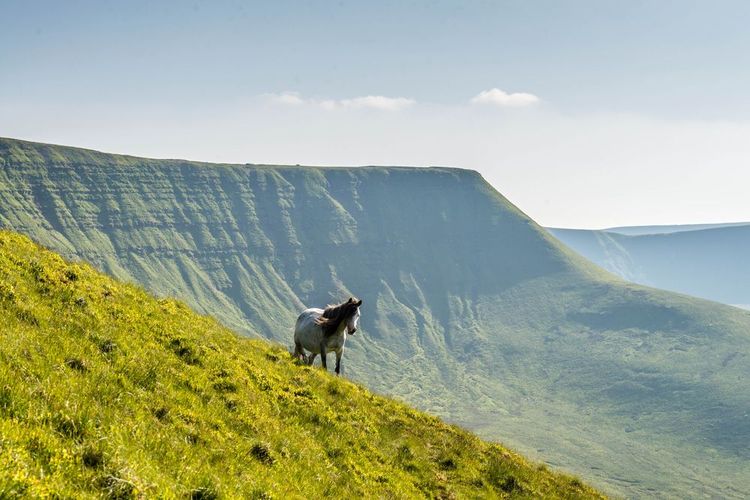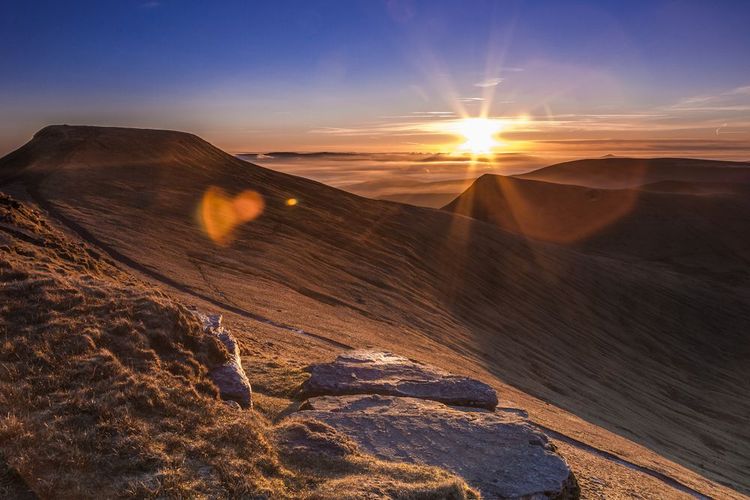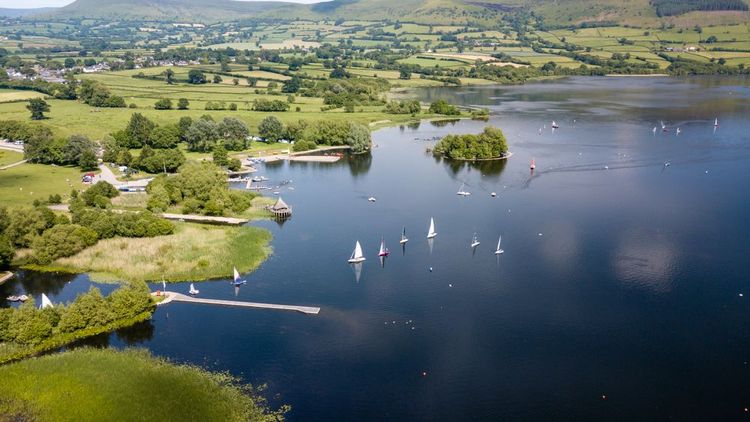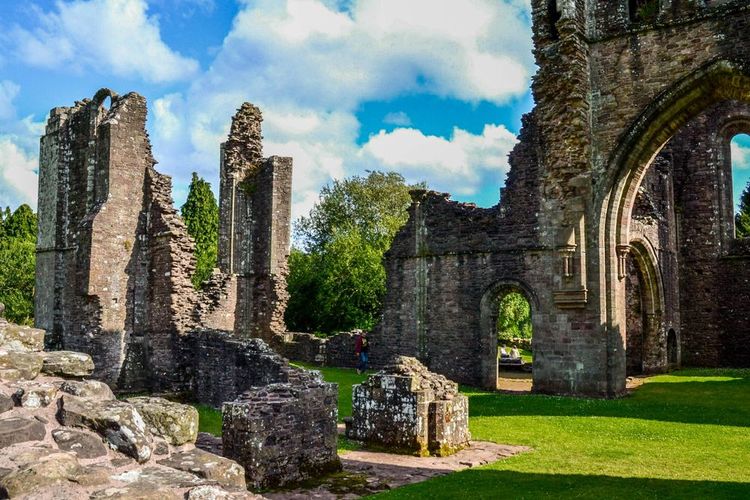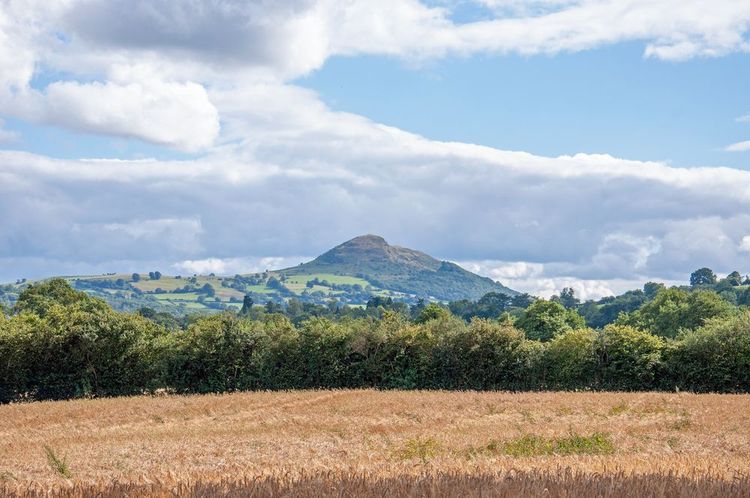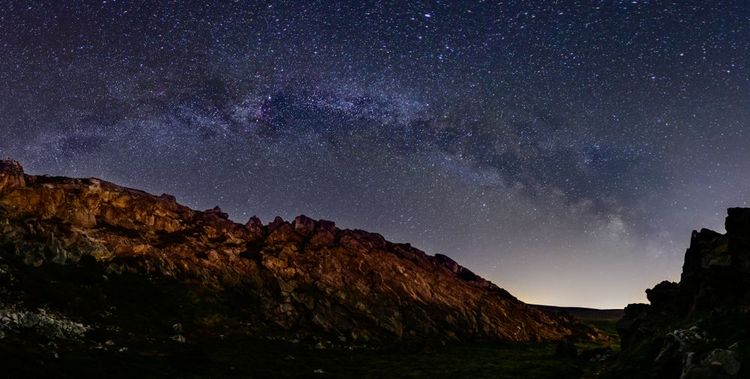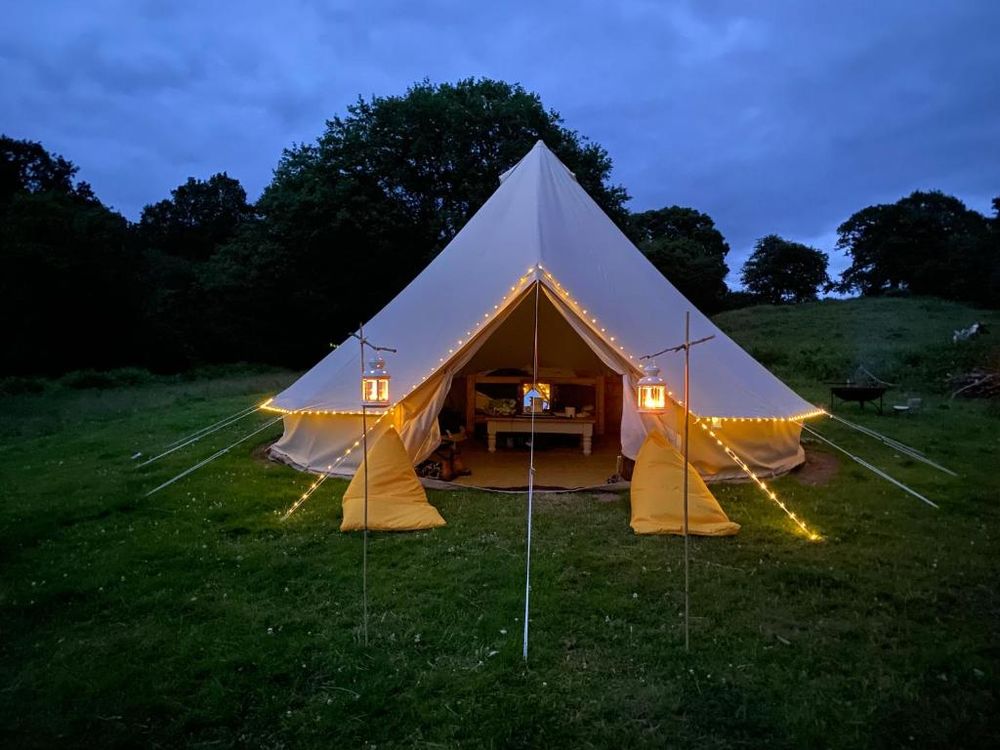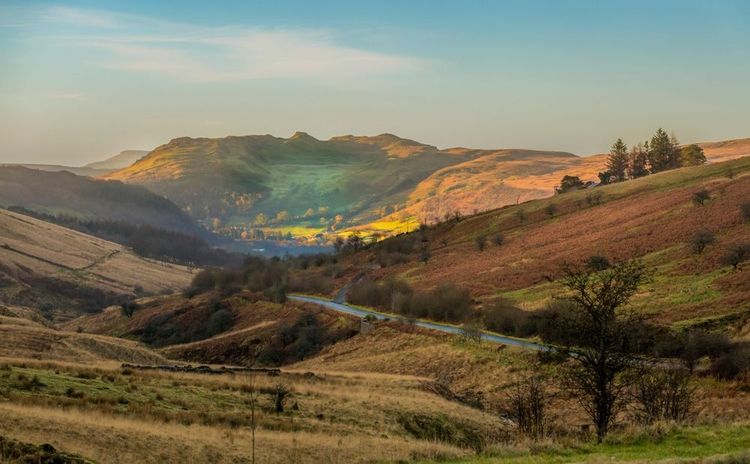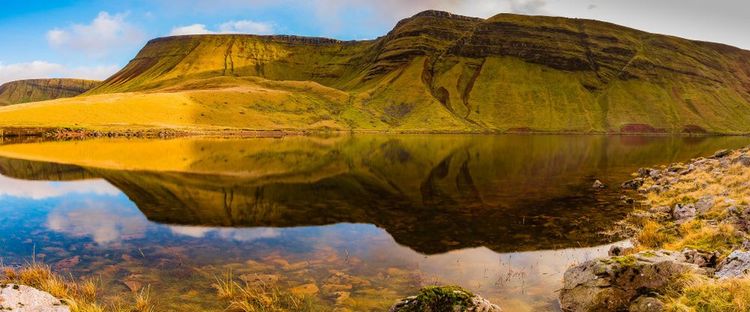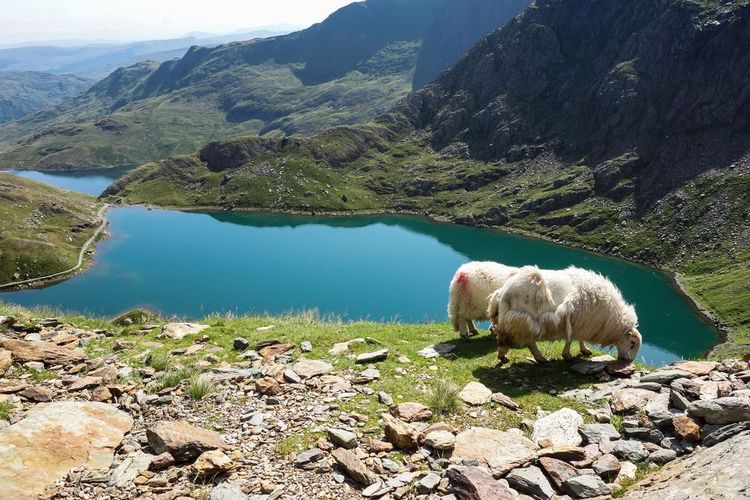Getting here
By car: Bannau Brycheiniog (potentially also signposted as ‘Brecon Beacons’) is within easy reach of several major roads, including the M4, M50, and A40. Parts of the park are within an hour’s drive of Cardiff and Swansea, while a drive from London would take approximately three hours.
By train: Bannau Brycheiniog’s main national railway stations are in Abergavenny on the park’s eastern boundary and Merthyr Tydfil to its south. Abergavenny receives regular services from Manchester Piccadilly and Cardiff Central, with Merthyr Tydfil is serviced from Cardiff Central and Barry Island. See also our travel guidance for Hay-on-Wye, in the north-east of the park.
By bus: There are regular services into the park from South Wales and Hereford. The T4 runs from Cardiff to Newton via Brecon, the T6 runs from Swansea to Brecon, and the X55 Cymru Clipper service from Swansea and Neath runs to Pontneddfechan.
By air: The nearest airport to Bannau Brycheiniog is Cardiff International Airport, which is around an hour away. Trains and buses (see above) can both take you into the park from there. Or, if you want to stay a few days in Cardiff, see our city guide here.
Getting around the park
Due to the delicate nature of Bannau Brycheiniog’s ecosystems, it is preferred that visitors do not travel by car if possible, although the park’s rugged and sparse terrain does make this difficult. Railway services are not well-connected once within the park, although a fairly comprehensive bus network connects most of the park’s major towns and tourist sites. For further guidance, we recommend visiting the Green Traveller’s website here.
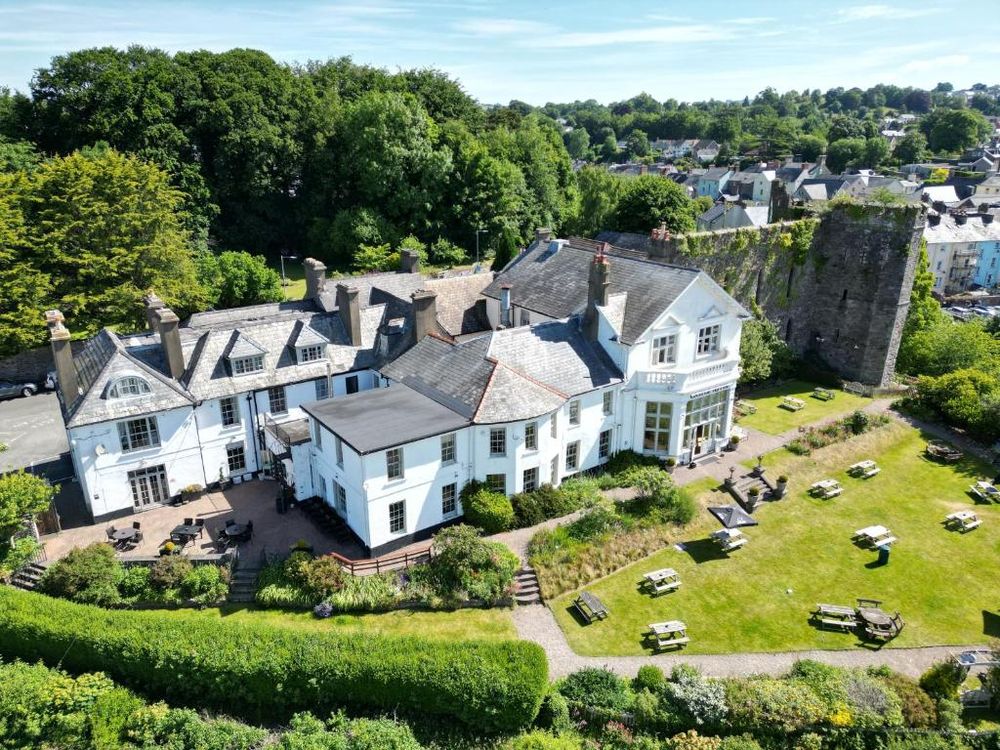 Wales
Wales
